Evergreens are the backbone of many landscapes. Unlike deciduous trees that shed their leaves, evergreens provide color, texture, and structure throughout the year. From towering pines and spruces to compact boxwoods and junipers, these trees and shrubs create privacy, reduce noise, block wind, and keep yards visually appealing no matter the season.
But to get the most out of your evergreens, planting at the right time is critical. The wrong timing can lead to weak root systems, transplant shock, or even plant failure. The right timing, on the other hand, sets your evergreens up for vigorous growth and long-lasting health.
Here’s a detailed guide on when—and how—to plant evergreens for maximum success.
Why Timing Matters for Evergreens
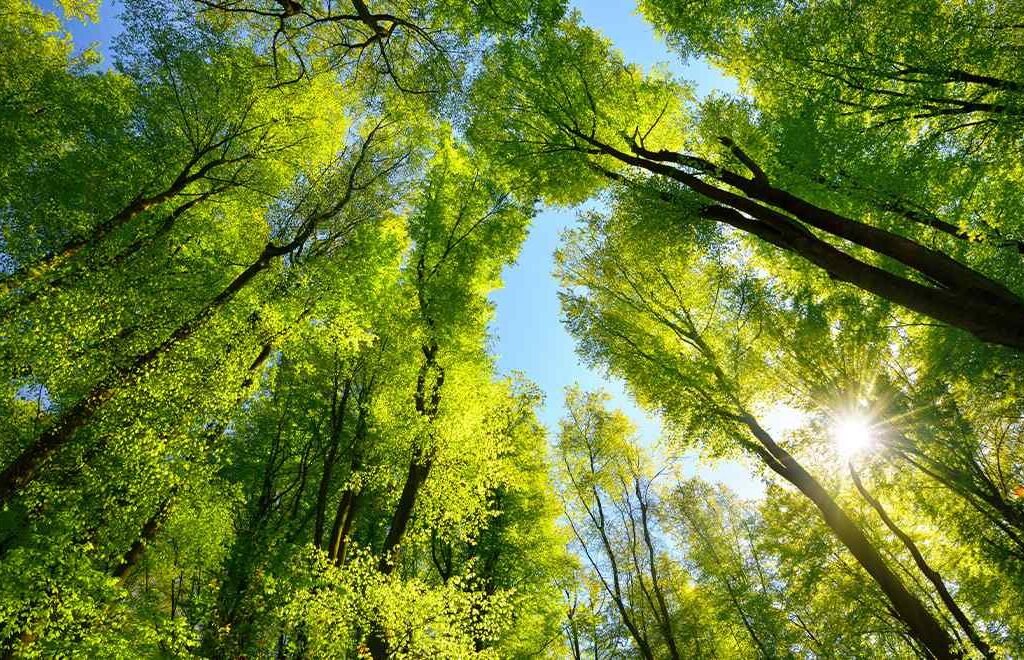
Unlike annuals or fast-growing perennials, evergreens need time to establish strong root systems before facing extreme weather. Planting at the wrong time stresses the tree, leaving it vulnerable to drought, disease, or winter injury. The goal is to give the plant plenty of time to adjust to its new environment before it has to endure harsh conditions.
Best Seasons for Planting Evergreens
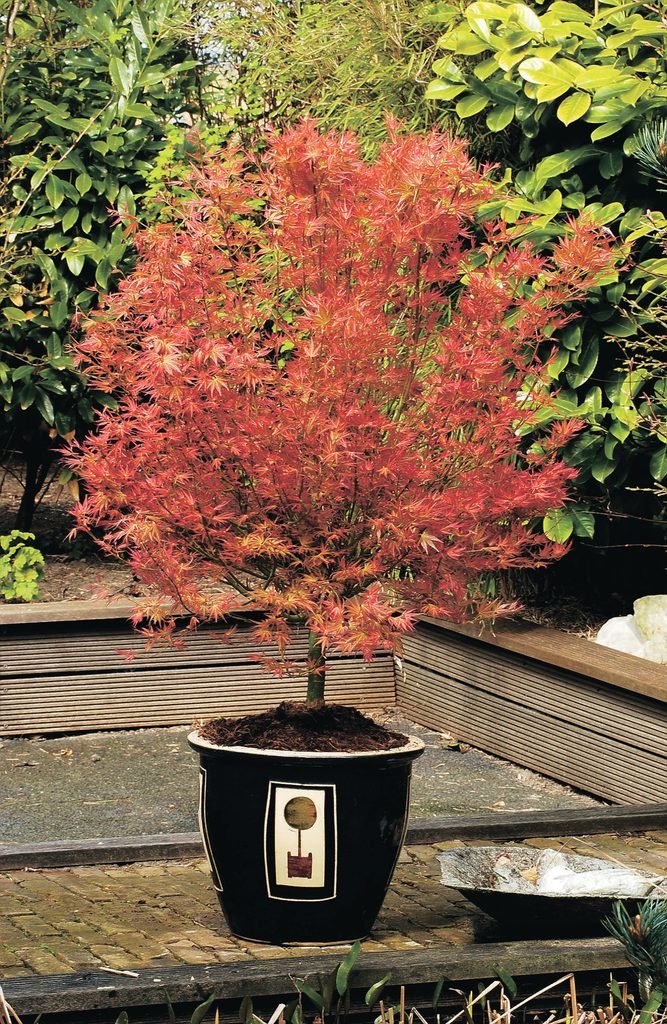
Fall Planting: The Gold Standard
For most regions, early fall is the best time to plant evergreens. The soil is still warm from summer, which encourages rapid root growth, while cooler air temperatures reduce stress on the plant.
- Advantages of fall planting:
- Strong root establishment before winter dormancy
- Less stress from heat and drought
- Reduced watering needs compared to spring or summer
- A jump-start for growth the following spring
Tip: Aim to plant at least 6–8 weeks before the ground freezes. This gives roots enough time to settle before cold weather hits.
Spring Planting: A Solid Alternative
If fall isn’t an option, early spring is the next best choice. Plant as soon as the ground can be worked and before new growth begins.
- Advantages of spring planting:
- Cool, moist weather supports root development
- Plants can settle before summer heat arrives
- Good option in regions with harsh winters that make fall planting risky
Tip: Be prepared to water regularly through summer, since young evergreens are especially vulnerable to drought stress.
Summer Planting: Not Ideal (But Possible)
While it’s not recommended, you can plant evergreens in summer if necessary—especially container-grown varieties. However, hot temperatures and dry soil increase transplant shock.
- If you must plant in summer:
- Choose smaller trees that establish more quickly
- Plant in the early morning or evening to avoid peak heat
- Mulch generously and water consistently
Winter Planting: Avoid It
Frozen soil and harsh conditions make winter planting nearly impossible. Evergreens cannot establish roots when the ground is frozen, so planting at this time sets them up for failure.
Choosing the Right Evergreen for Your Region
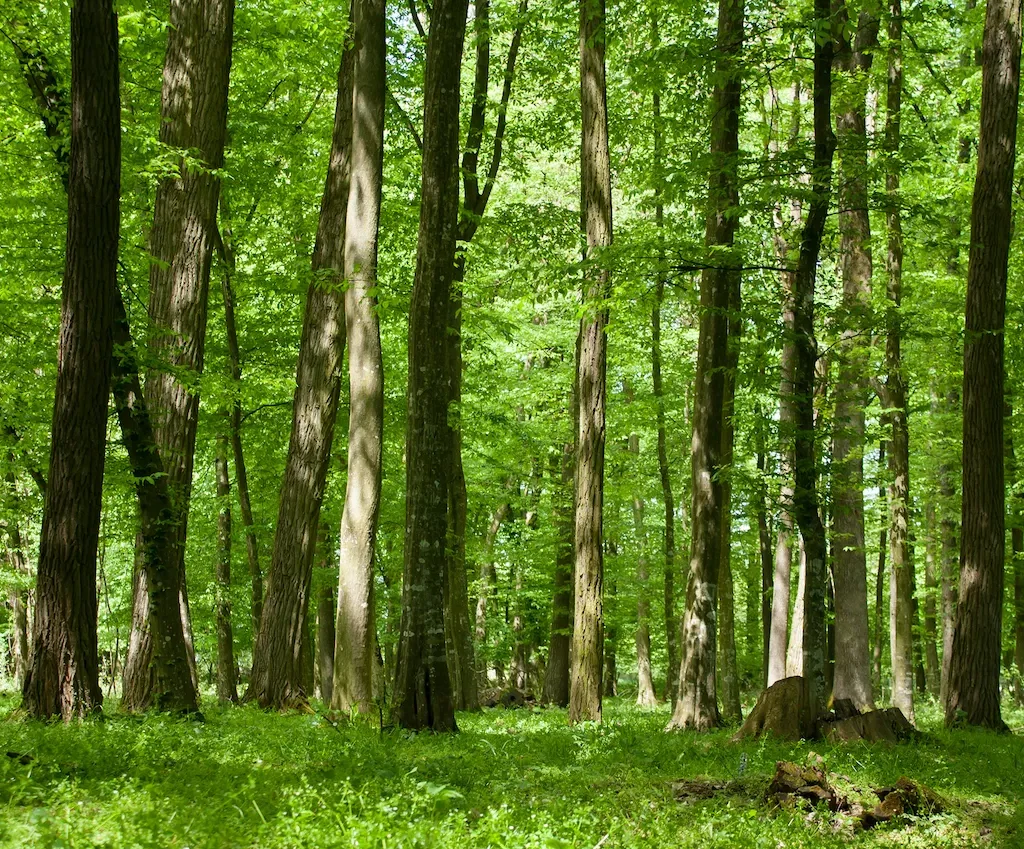
Even the perfect planting time won’t help if you choose the wrong tree for your climate. Consider:
- Hardiness zone: Match your evergreen variety to your USDA zone.
- Soil conditions: Some evergreens prefer well-drained sandy soils, while others tolerate clay.
- Sunlight needs: Most evergreens need full sun, but some varieties (like yews) tolerate shade.
- Mature size: A spruce or pine can grow 40–60 feet tall—make sure you have enough space.
How to Plant Evergreens for Success
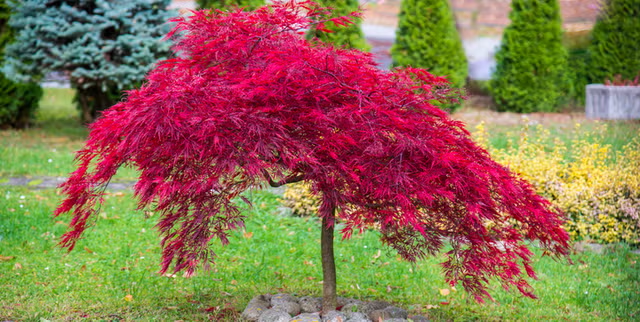
- Dig the right hole – Twice as wide as the root ball but no deeper. Planting too deep suffocates roots.
- Loosen the root ball – If roots are circling tightly, gently tease them apart to encourage outward growth.
- Set the tree at the correct height – The top of the root ball should sit level with or slightly above the soil surface.
- Backfill with native soil – Avoid adding too much compost or amendments; roots need to adapt to existing conditions.
- Water thoroughly – Soak the root zone immediately after planting.
- Mulch – A 2–3 inch layer helps retain moisture and regulate temperature. Keep mulch a few inches away from the trunk.
- Stake if needed – Only stake young evergreens in windy areas, and remove stakes after one year.
Post-Planting Care
- Watering: Consistent moisture is critical during the first 1–2 years. Water deeply once or twice a week, depending on rainfall.
- Fertilizing: Avoid heavy fertilization right after planting. Wait until the second year, then use a slow-release fertilizer in early spring.
- Pruning: Minimal pruning is needed at planting time—only remove damaged branches. Shape lightly once the plant is established.
- Winter protection: In very cold or windy regions, consider burlap screens or windbreaks to prevent desiccation.
Common Mistakes to Avoid
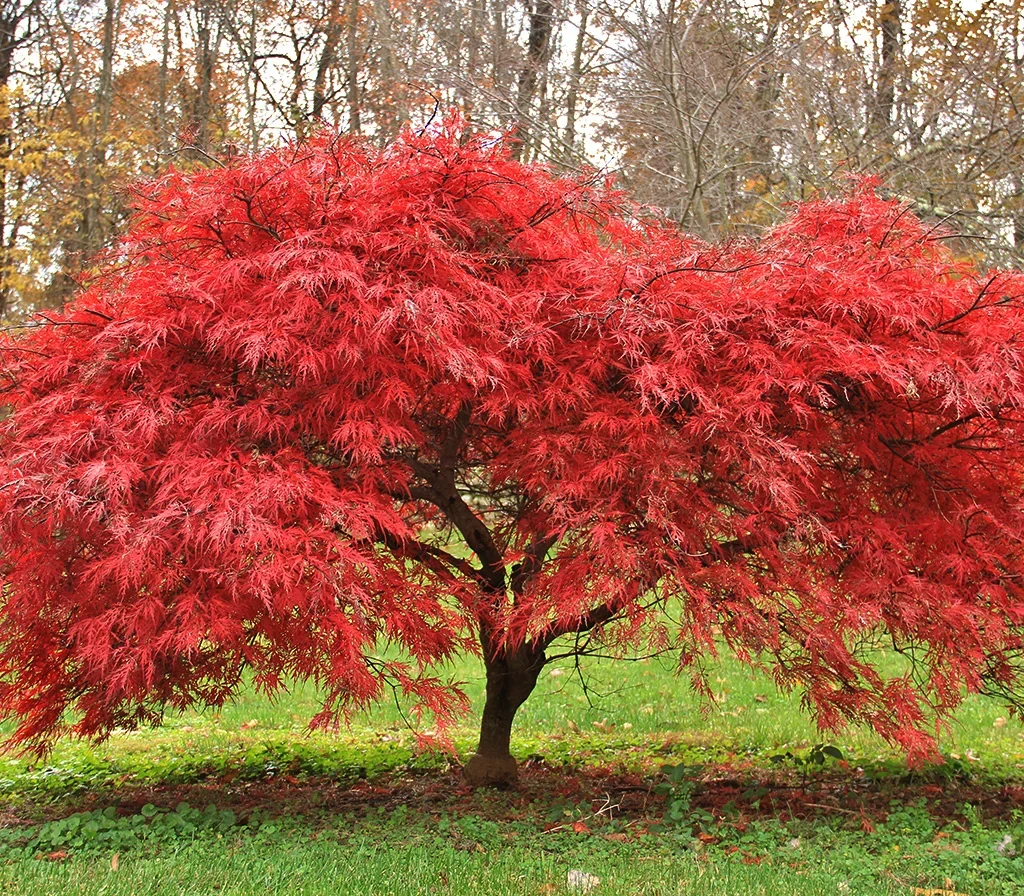
- Planting too late in fall – Roots need time before the freeze.
- Overwatering or underwatering – Both stress young trees.
- Adding too much fertilizer – Can burn roots and stunt growth.
- Ignoring mature size – Planting too close to structures leads to future problems.
- Planting too deep – Suffocates roots and slows establishment.
Final Thoughts
The best time to plant evergreens for maximum growth is early fall, with early spring as a close second. Both seasons offer the ideal balance of soil warmth, moisture, and moderate temperatures that help roots settle in.
By choosing the right variety for your region, planting with care, and maintaining consistent watering, you’ll set your evergreens up for years of healthy growth. With the right start, these steadfast trees and shrubs will reward you with year-round beauty, structure, and privacy for decades to come.
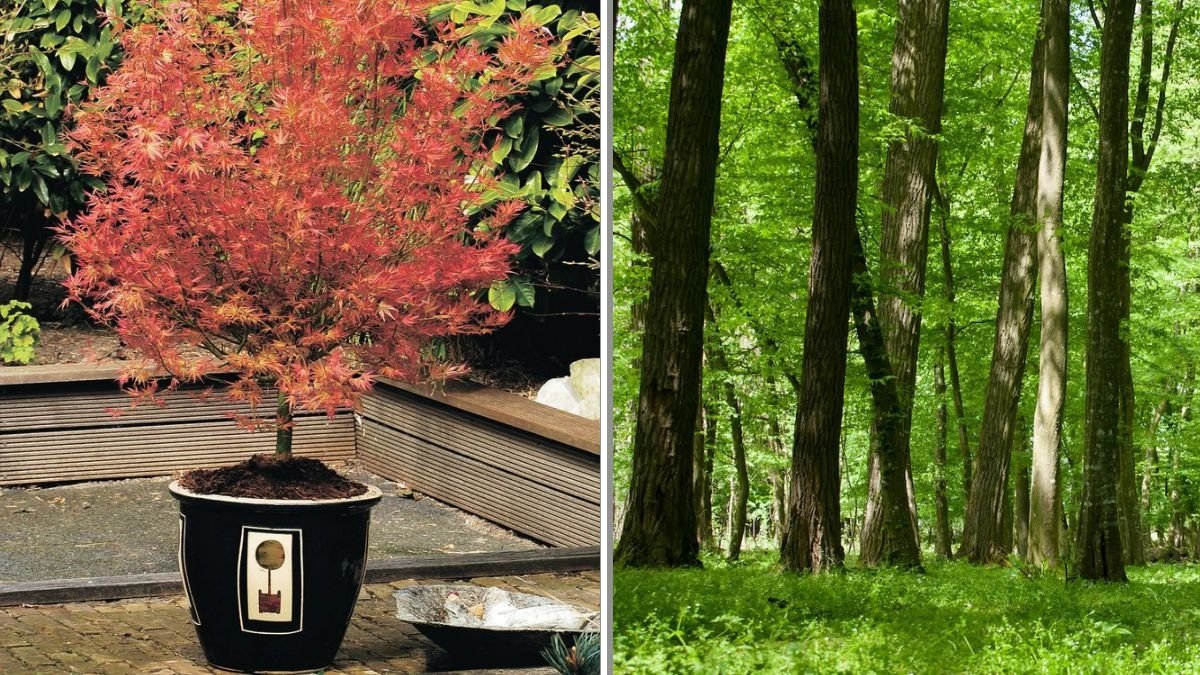




Leave A Comment